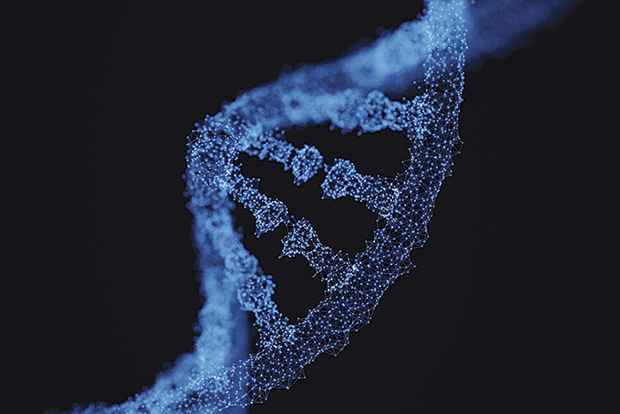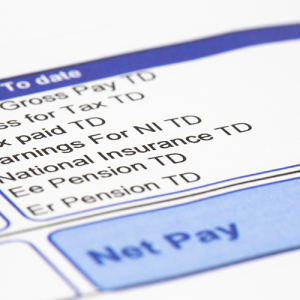
Imagine a world where an ambulance arrives to pick you up, not after a heart attack but before it happens, based on a signal sent from a device on your arm via your mobile phone. This sounds like the stuff of science fiction but could become a reality. It is all part of focusing healthcare more on prevention and less on cure. You don’t wait for your car to break down before getting it repaired; you have it serviced and act on warning signs. Similarly, with healthcare, prevention is cheaper, more effective and less traumatic.
Another major change is a shift from a “one size fits all” approach to one tailored to individuals. Most medical treatments are designed for the “average” patient, and are successful for some but not others. Advances in what is called precision medicine will allow treatments to be tailored to characteristics, such as a person’s genetic makeup or the genetic profile of a tumour.
The science that makes possible this combination of prevention and tailoring is genomics. The Human Genome Project mapped the human genome sequence in 2001, which is freely available in public databases. Less well known are the Precision Medicine Initiative in the US (which is creating a health database of a million Americans) and the 100,000 Genomes Project in the UK. These have only become viable because of huge advances in technology and data analytics.
Sequencing the first human genome cost $2.7bn and took 15 years. By 2008, the cost of sequencing had fallen to about $10m. Now sequencing can be done in a few days, with analysis in a few weeks, at cost of $1,000-$2,000.
Your genome is all the genetic information in your body’s instruction manual, encoded as DNA within the 23 chromosome pairs in cell nuclei. We are all very similar genetically: 99.9% of people’s genes are identical and it is the final tenth of a percent that determines differences like hair colour, build and predisposition to disease. Sequencing therefore has the ability to highlight a greater likelihood (or not) of developing conditions such as heart disease, lung cancer or Alzheimer’s.
The main aim of the 100,000 Genomes Project is to transform the use of genetics in the NHS. The project is run by Genomics England, a company owned by the Department of Health. It will sequence 100,000 whole genomes, half in people with rare genetic diseases (and close relatives who do not exhibit the disease) and half in patients with cancer. The results will be linked with patients’ medical records and stored securely and confidentially. By combining this information and allowing authorised researchers to access it, the project aims to provide a diagnosis for some patients with rare diseases and adapt cancer treatments. It will help to develop genomic medicine services for the NHS and support researchers to develop new medicines, therapies and diagnostic tests.
The 100,000 Genomes Project and similar ones around the world are unlikely to help the participants directly as the science of genomics is still in its infancy and there is a yawning gap between what sequencing technology enables us to discover and what doctors can do about it. However, it could provide invaluable data to help their children and grandchildren, as well as saving the NHS billions.
John Thornton is the director of e-ssential Resources and an independent adviser on business transformation, financial management and innovation.




















